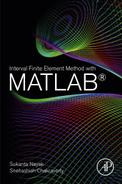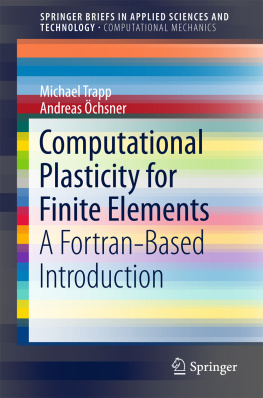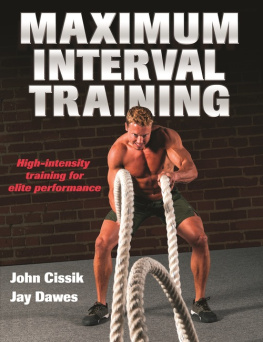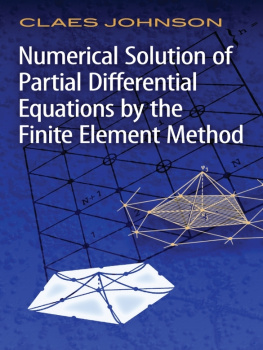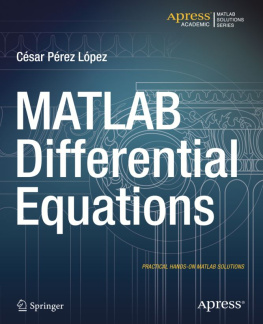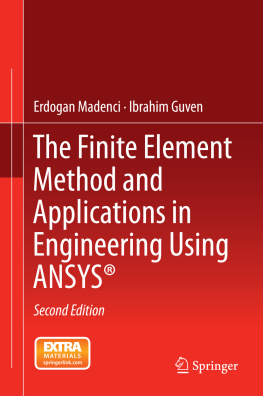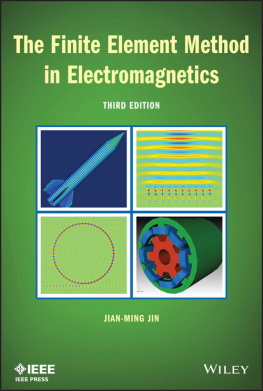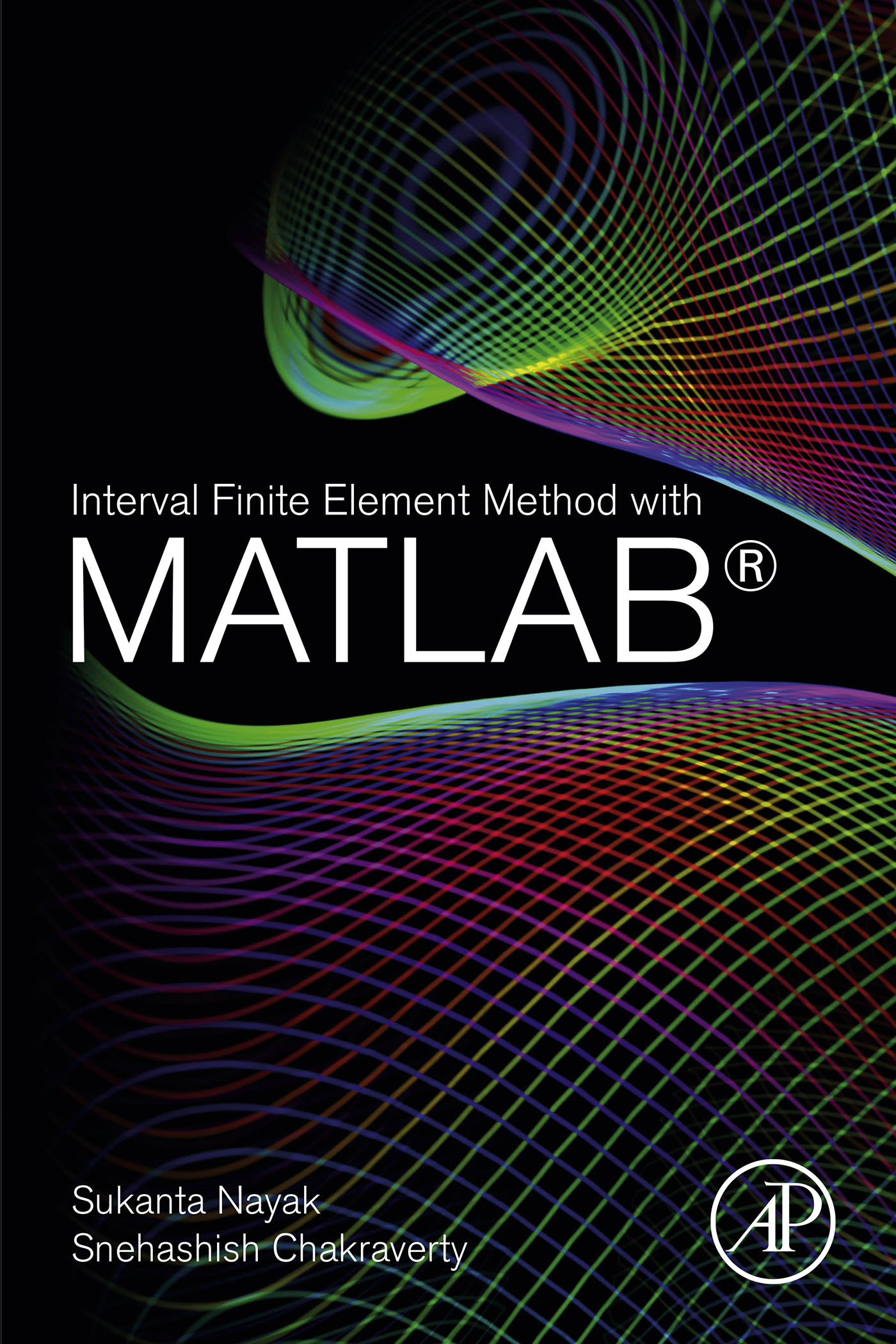Copyright
Academic Press is an imprint of Elsevier
125 London Wall, London EC2Y 5AS, United Kingdom
525 B Street, Suite 1800, San Diego, CA 92101-4495, United States
50 Hampshire Street, 5th Floor, Cambridge, MA 02139, United States
The Boulevard, Langford Lane, Kidlington, Oxford OX5 1GB, United Kingdom
2018 Elsevier Inc. All rights reserved.
No part of this publication may be reproduced or transmitted in any form or by any means, electronic or mechanical, including photocopying, recording, or any information storage and retrieval system, without permission in writing from the publisher. Details on how to seek permission, further information about the Publisher's permissions policies and our arrangements with organizations such as the Copyright Clearance Center and the Copyright Licensing Agency, can be found at our website: www.elsevier.com/permissions.
This book and the individual contributions contained in it are protected under copyright by the Publisher (other than as may be noted herein).
Notices
Knowledge and best practice in this field are constantly changing. As new research and experience broaden our understanding, changes in research methods, professional practices, or medical treatment may become necessary.
Practitioners and researchers must always rely on their own experience and knowledge in evaluating and using any information, methods, compounds, or experiments described herein. In using such information or methods they should be mindful of their own safety and the safety of others, including parties for whom they have a professional responsibility.
To the fullest extent of the law, neither the Publisher nor the authors, contributors, or editors, assume any liability for any injury and/or damage to persons or property as a matter of products liability, negligence or otherwise, or from any use or operation of any methods, products, instructions, or ideas contained in the material herein.
Library of Congress Cataloging-in-Publication Data
A catalog record for this book is available from the Library of Congress
British Library Cataloguing-in-Publication Data
A catalogue record for this book is available from the British Library
ISBN 978-0-12-812973-9
For information on all Academic Press publications visit our website at https://www.elsevier.com/books-and-journals

Publisher: Matthew Deans
Acquisition Editor: Brian Guerin
Editorial Project Manager: Katie Chan
Production Project Manager: Anusha Sambamoorthy
Cover Designer: Greg Harris
Typeset by SPi Global, India
Author Biographies
Dr. Sukanta Nayak is an assistant professor of mathematics at Amrita Vishwa Vidyapeetham, Coimbatore. Prior to coming to Amrita Vishwa Vidyapeetham, he was a postdoctoral research fellow at University of Johannesburg, South Africa, from August 2016 to June 2017. He was a lecturer at Veer Surendra Sai University of Technology, Burla, from January 2016 to May 2016. He received Ph.D. in mathematics from National Institute of Technology Rourkela in January 2016. He has received Global Excellence Stature Postdoctoral Fellowship in 2016 and postgraduate scholarship from Government of Odisha in 2008. In addition, he has qualified the all-India Graduate Aptitude Test in Engineering (GATE) and was awarded Best Presentation of Department of Mathematics at Research Scholar Week (RSW-2015) NIT Rourkela in 2015. His research interests span both uncertainty modeling and its engineering applications. He is also an author of the book entitled Neutron Diffusion: Concepts and Uncertainty Analysis for Engineers and Scientists of CRC Press (Taylor and Francis) and, until now, he has published 11 peer-reviewed research articles and 2 book chapters of international repute.
Dr. Snehashish Chakraverty is a professor of mathematics in National Institute of Technology Rourkela, Odisha. He received Ph.D. from IIT Roorkee in 1992. Then he did postdoctoral research at ISVR, University of Southampton, United Kingdom, and at Concordia University, Canada. He was a visiting professor at Concordia & McGill Universities, Canada, and University of Johannesburg, South Africa also. Prof. Chakraverty has authored 10 books and published around 275 research papers in journals and conferences. He was President of the Section of Mathematical Sciences (including Statistics) of Indian Science Congress (201516) and was the Vice PresidentOrissa Mathematical Society (201113). Prof. Chakraverty is recipient of a few prestigious awards, viz. INSA International Bilateral Exchange Program, Platinum Jubilee ISCA Lecture, CSIR Young Scientist, BOYSCAST, UCOST Young Scientist, Golden Jubilee CBRI Director's Award, Roorkee University gold Medals, etc. He has undertaken around 17 research projects as Principal Investigator funded by different agencies. His present research area includes soft computing, numerical analysis, differential equations, mathematical modeling, vibration and inverse vibration problems.
Preface
Sukanta Nayak; Snehashish Chakraverty
Finite element method is a well-known and versatile numerical method that is used to model and investigate various problems in different subject areas. On the other hand, uncertainty plays an important role in real-world problems. These uncertainties occurs due to the vague, imprecise, and incomplete information about the variables and parameters being a result of errors in measurement, observations, experiment, applying different operating conditions, or it may be maintenance-induced errors, which are uncertain in nature. To manage these uncertainties and vagueness, one may use interval or stochastic environment in parameters and variables in place of crisp (fixed) ones. However, probability theory requires sufficient number of data, which are not possible in general. Therefore, instead of stochastic, one may use intervals for the uncertain parameters and accordingly the problem may be modeled. Hence, the governing differential equations become interval. In order to investigate various uncertain practical problems, the concept of interval uncertainties may be hybridized with the finite element method (FEM) to develop interval finite element method (IFEM). As such, this book aims to provide a new direction for the reader to deal with the uncertain problems by using IFEM. Various structural problems, viz. spring mass, bar, truss, frame, etc., have been modeled here using IFEM in uncertain (interval) environment. Further, a systematic approach with respect to MATLAB codes has been provided to study the mentioned problems using IFEM.

